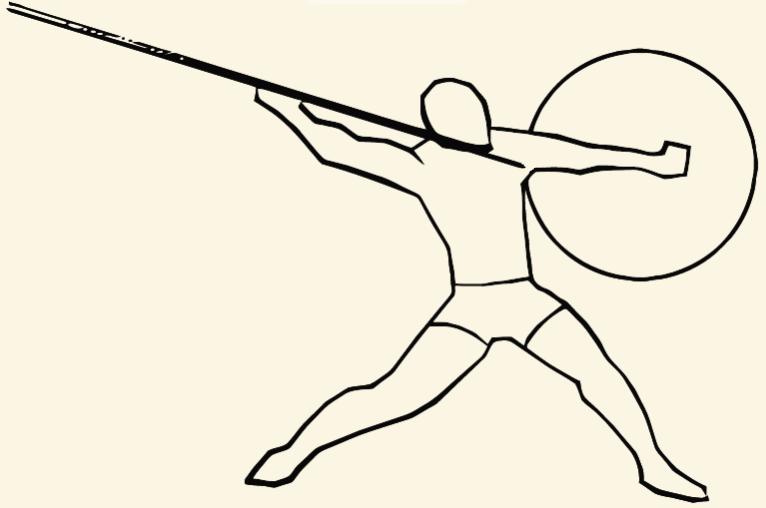In the first posture from this series (Warrior-1) we discussed the warrior spirit, how we can use it in certain situations, and the martial arts equivalent of the posture. Read that first to fully understand the intention of the warrior postures.
Vir-bhadra-asana 2, the gracious warrior (vir- courageous, warrior; bhadra- gracious)
The martial arts equivalent of this pose is holding a sword or spear with one hand and a shield to protect in the other hand.

The intention behind the posture
Think back to a situation where someone asked you to do something you didn’t want to do. You agreed and suffered later, you kept thinking about why you couldn’t say NO. It’s not about if the other person is bad, it’s about protecting yourself from such people. It’s about building this strength within that can say NO when it is required. The greed of people would want to squeeze out as much as they can. It’s up to you to decide when the transaction/exchange is done.
The shield here represents the boundary that we create, if you have no boundary then you are up for exploitation.
Like the other warrior postures, this also works on your foundation (the root chakra). The more power your legs are pushing the ground, the more power becomes available to you in your arms. The more your toes and feet are pushing the ground you will observe the core getting tighter and the arms getting firm. The center of gravity is low so that your body is stable. By practicing this all these qualities get translated into your being. You become stable (no emotional ups and downs) and strong (to make difficult life decisions); you can speak your truth (not pleasing others) and all this while staying grounded like our Virbhadra (the gracious warrior)
More on the warrior spirit and the story of Virbhadra in Virbhadra-asana-3

Steps
- Start with the Equal standing pose.
- Jump or walk so that your feet are around four feet apart (this distance might change with flexibility).
- Inhale and raise both arms parallel to the floor, turn your head to the left, turn your left foot 90 degrees and right foot parallel to the shorter edge of the mat.
- Exhale and bend your left knee (trying to keep the knee just above the ankle, it can be before the ankle but don’t let the knee go away from the ankle). Keep the hips at the same angle (180 degrees) as the arms. Stay in this position for a few breaths.
- Straighten your knee, turn to the other side and repeat the same.
- Inhale straighten your knee and exhale hands down and come back to Samsthiti (equal standing pose).
Benefits
- Strengthens and stretches the legs and ankles
- Stretches the groins, chest and lungs, shoulders
- Increases stamina
- Balances the root chakra
Contraindications/ Precautions
- Knee injury
- Ankle injury
Next posture in the series Virbhadrasana 3, Warrior 3
Try the Warrior sequence if you want to do the warrior postures in a flow.
If you are looking for other postures check our posture library.